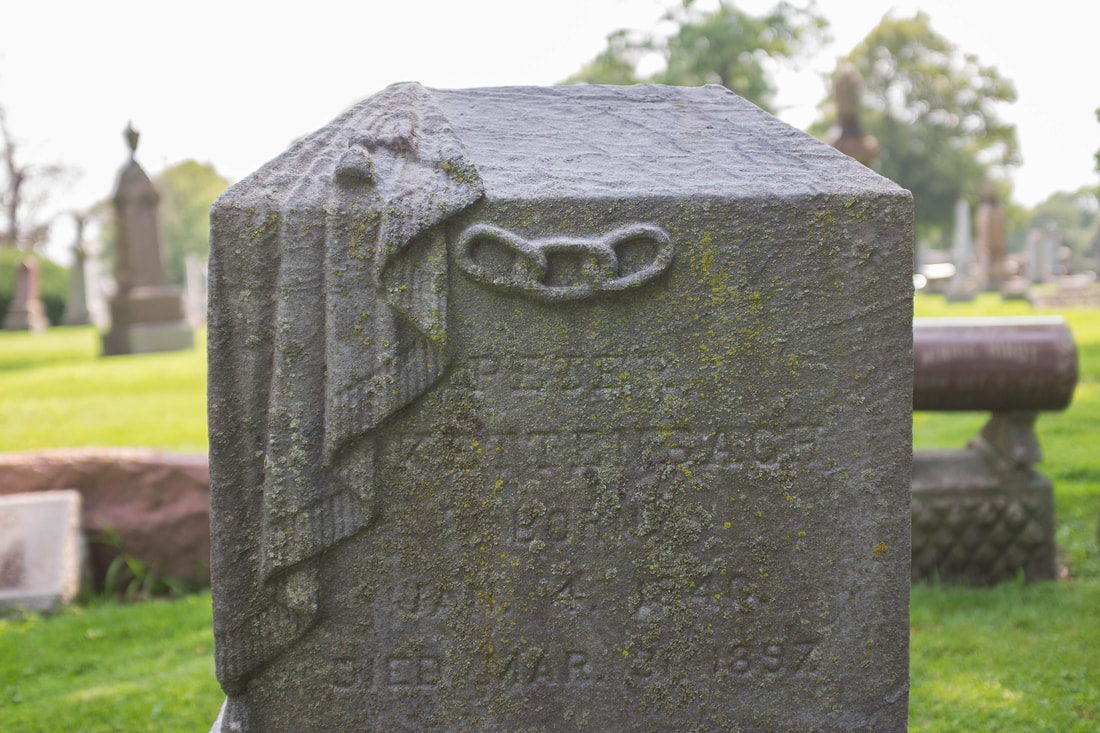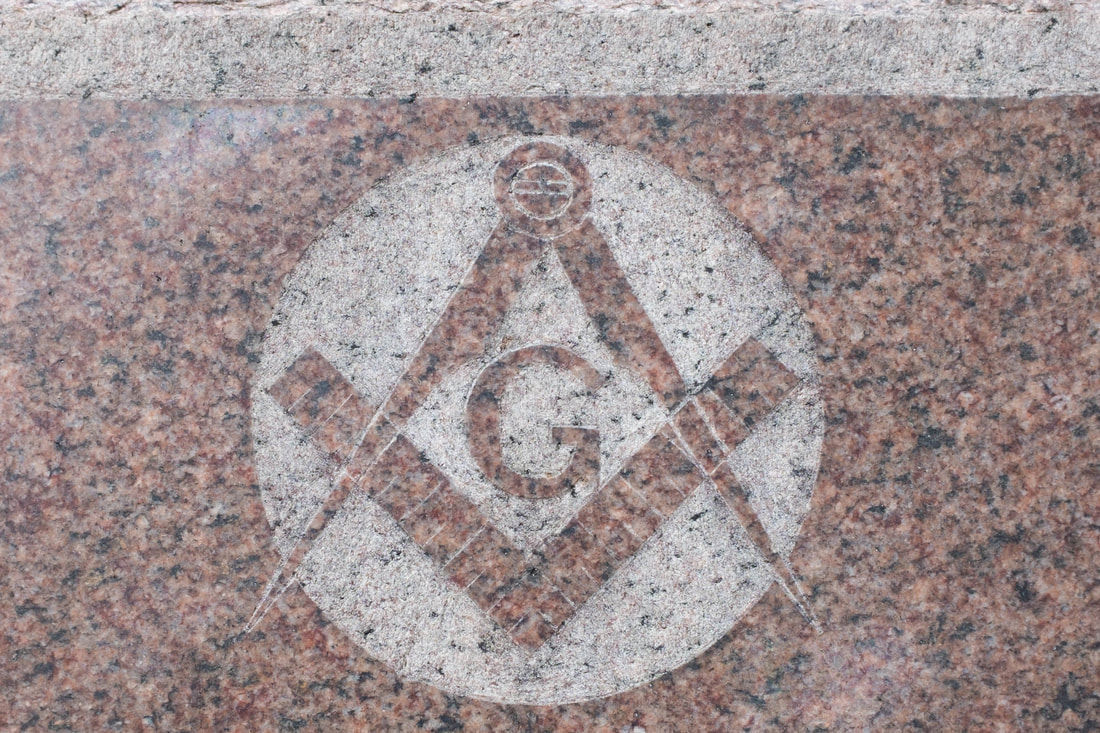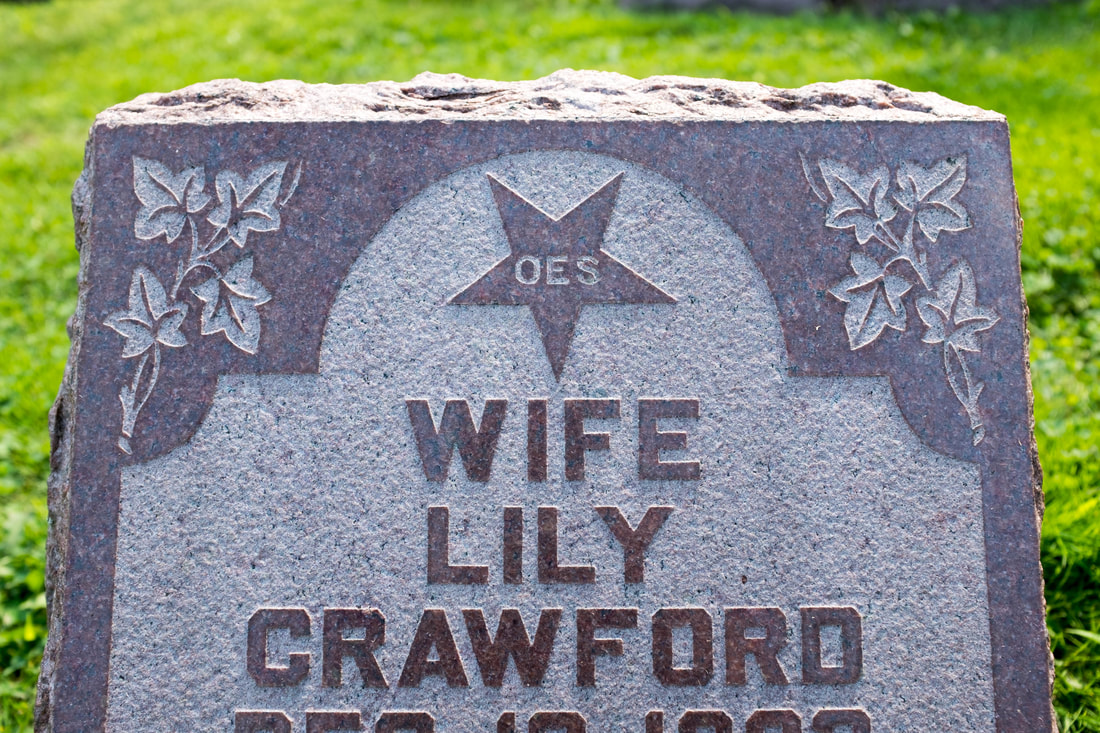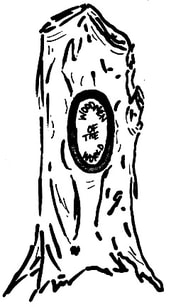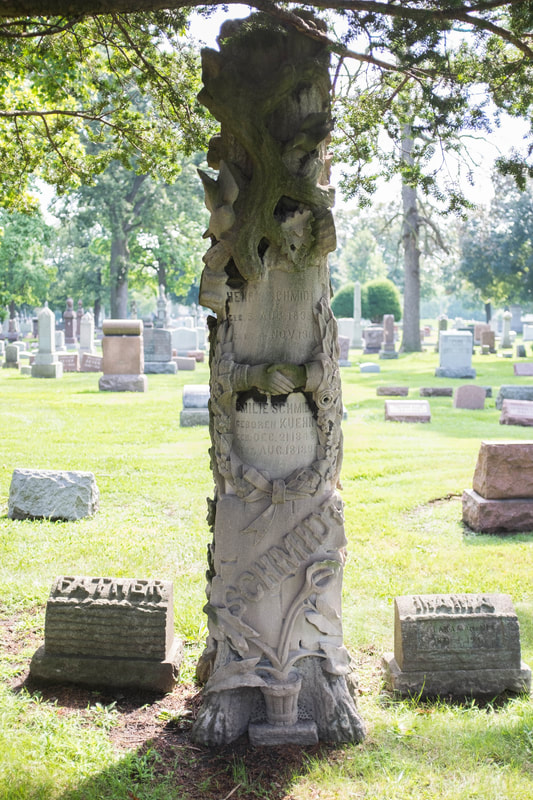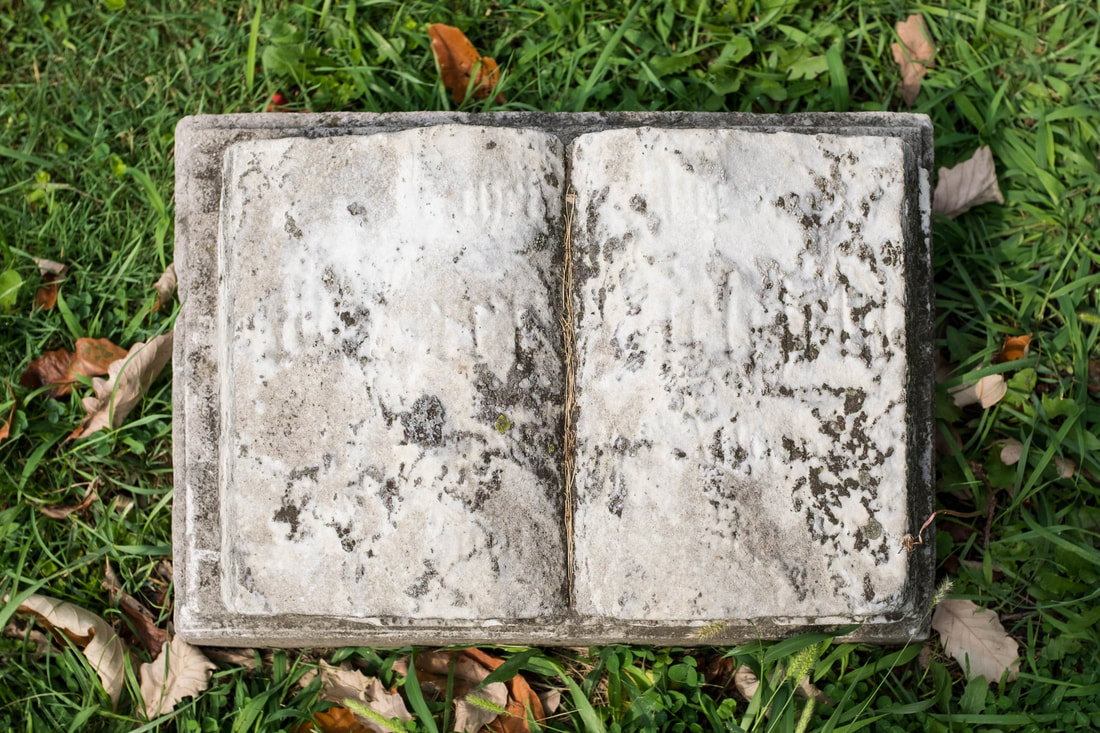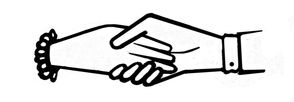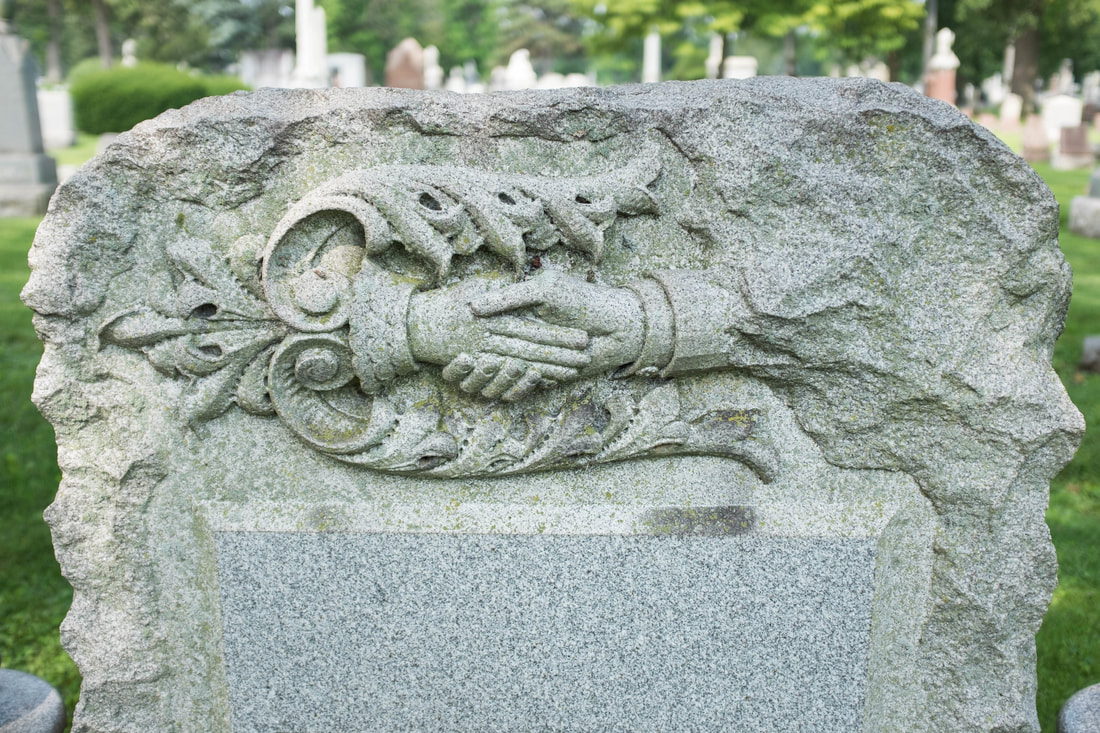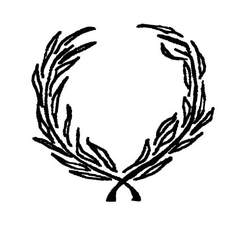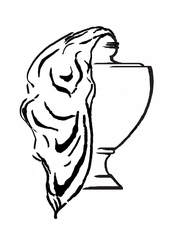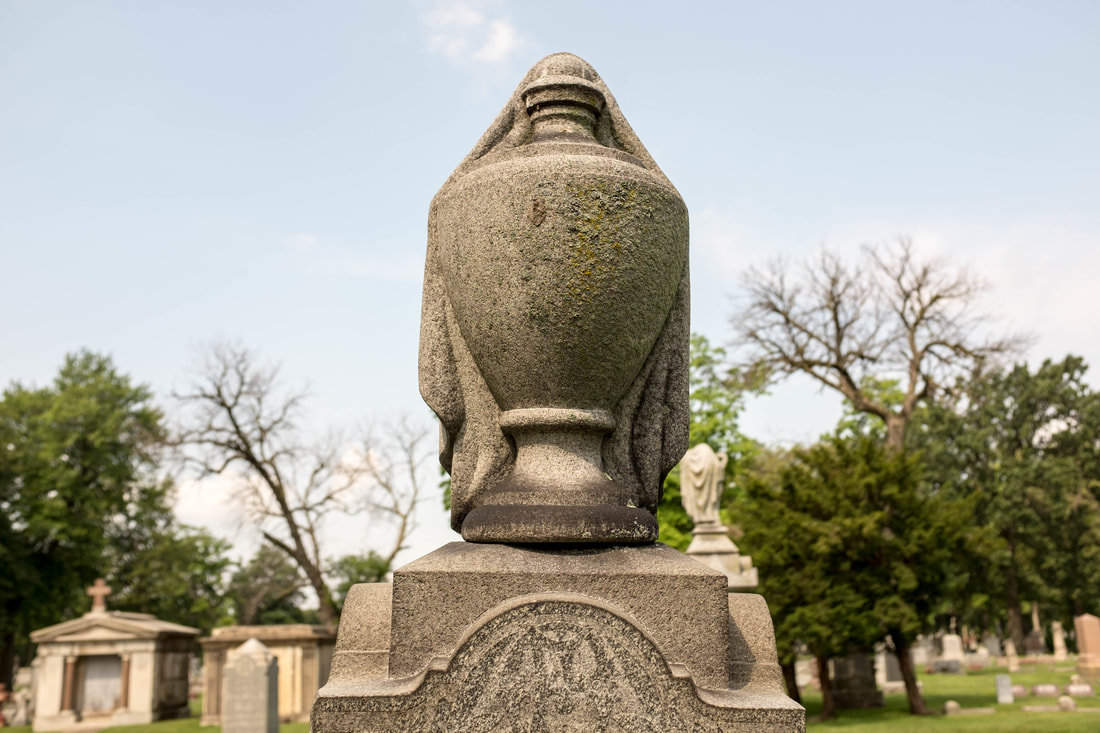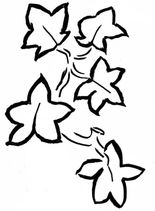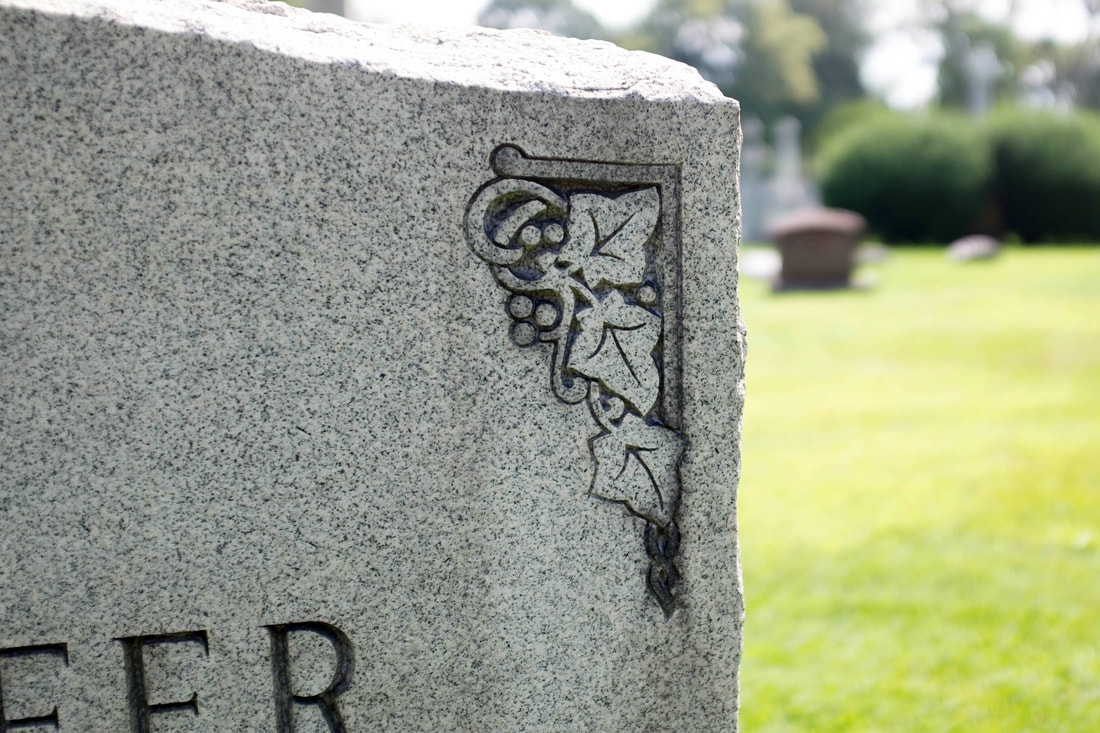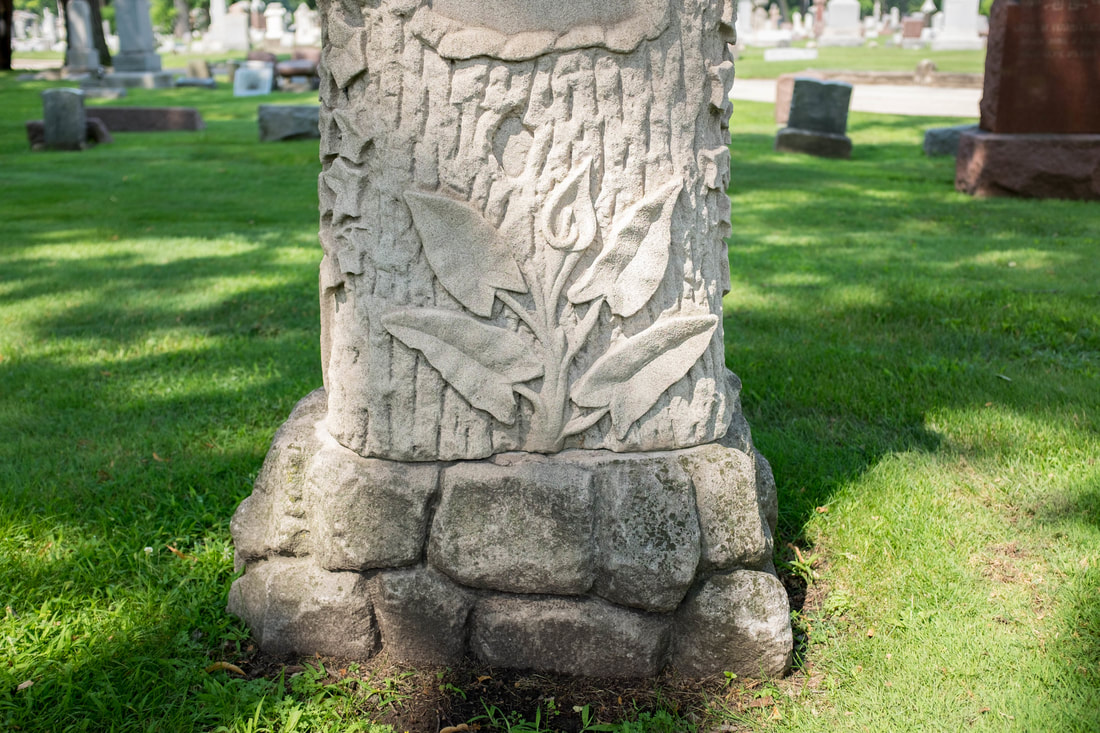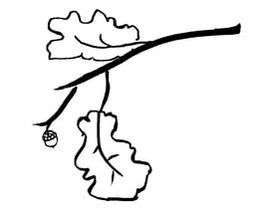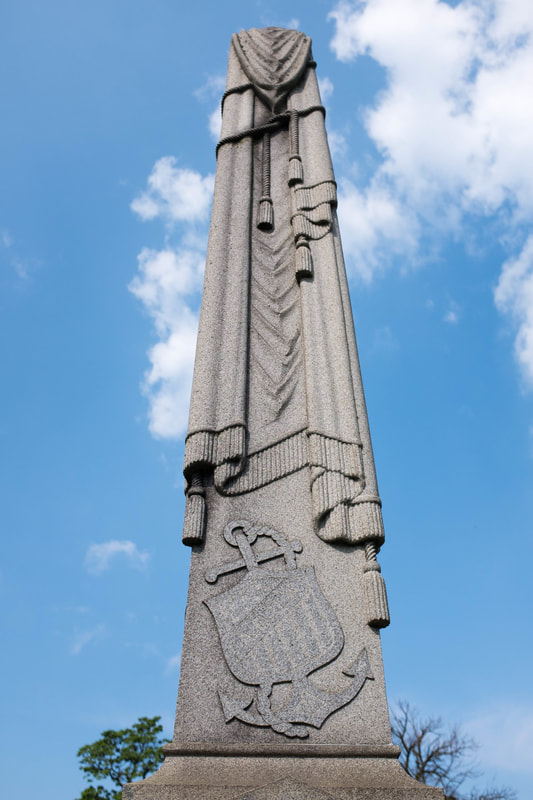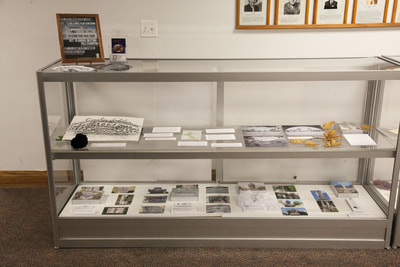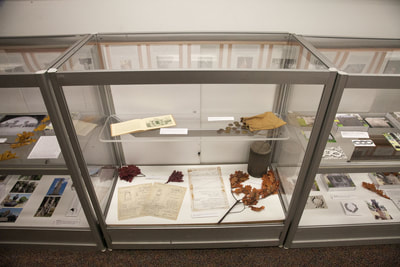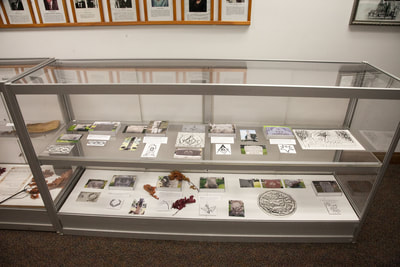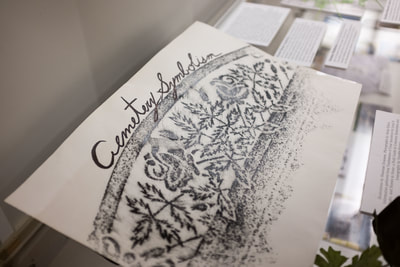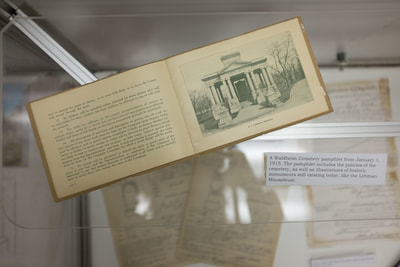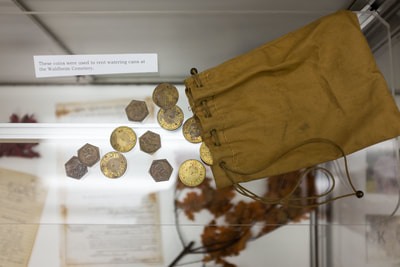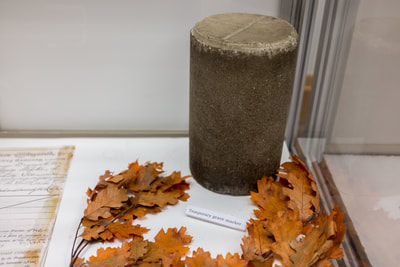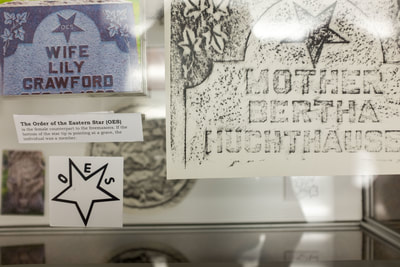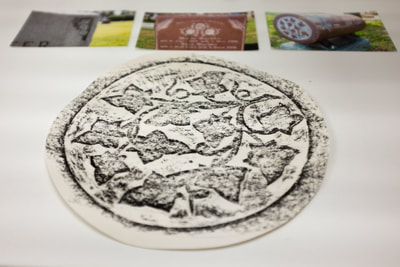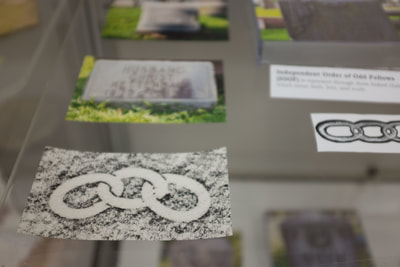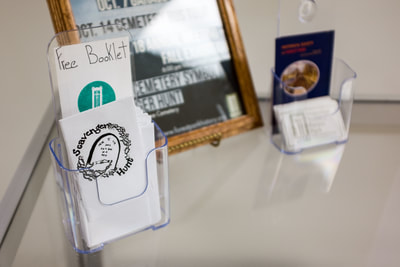Gravestone designs represent the opinions and sentiments of the deceased, as well as of those who knew them. These carvings include religious symbols about the hereafter, representations of life’s fleeting nature and the references to the life or work of the departed. Interpreting the symbols on gravestones can be difficult due to historical and regional differences. Additionally, gravestone carvings can have dual meanings. For example, logs are often found at children's gravestones and at Woodsmen of the World members’ gravestones, but have very different meanings. At a child's grave, the trunk represents a life cut short, but for a Woodsmen of the World the tree represents equality. It is important to look at additional clues, such as epitaphs and dates. Further clues can also come from supplementary symbols. As you explore the virtual exhibit, keep these symbols in mind. We hope they will bring further insight into the life of any individual laid to rest.
By Alexis Ellers and Shannan Evanson
|
The Independent Order of Odd Fellows (IOOF) is represent through three linked chains, which mean faith, love, and truth.
The Freemason's carved symbol includes a compass, a carpenter's square and a capital G. Since much of the Freemason history and symbolism are shrouded in mystery, the exact meanings of these carvings is unknown. For example, the G is thought to represent either geometry or a Christian God.
The Order of the Eastern Star (OES) is the women’s counterpart to the Freemasons. If the bottom of the star tip is pointing at a grave, the individual was a member of the OES.
Graves of members of the Woodmen of the World (WoW) often exhibit sculpted tree stumps, which represent equality. Before the 20th Century, every deceased member received a tombstone. Sometimes these exhibit the motto “Dum Tacet Clamat,” which means “Though Silent, He Speaks.”
Download + Print your own little booklet on cemetery symbolism for your next trip to the cemetery.
|
A book often represents the human heart, which, for centuries upon centuries, was believed to be where the soul and personality of an individual resided.
A handshake represents a "heavenly welcome or an earthly farewell." One distinguishing characteristics between handshakes are the sleeves, which denotes specific relationships. For example, some sleeves include traditional wedding attire.
The wreath, often depicted more specifically as a laurel wreath, celebrates eternal life and thus "victory over death." The laurel wreath symbol is still in use today in Olympic games and victory medals.
Draping found on both urns and obelisks represents the "veil between earth and heaven." In the late 1800s, the deceased were normally viewed at home, often in rooms draped with black. The stone “drapery” symbolizes mourning and mortality.
Illustrations by Shannan Evenson. Photographs by Alexis Ellers.
Information gathered from Tombstones of Your Ancestors by Louis S. Schafer, and Stories in Stone: a Field Guide to Cemetery Symbolism and Iconography by Douglas Keister. |
Ivy, due to its vitality and clinging nature, represents eternal life and everlasting love.
The calla lily represents beauty and marriage. It is important to note that graves bearing the calla lily are found no earlier than mid-19th century, when the cala lily was first imported to America
Much of oak leaf symbolism comes from the potential of the acorn to grow from a tiny shape to a towering oak tree. It is a seed that represents the possibility of growth, abundance, and power.
The obelisk's existence in cemeteries comes from a resurgence in interest in Egyptian culture at the time. The obelisk, itself, embodies a ray of sunshine.
| ||
CEMETERY SYMBOLISM EXIHIBIT
Our exhibit on Cemetery Symbolism is on display in the Lower Level of Forest Park Village Hall.
Come in person to see our illustrated guide and many photographs of gravestones as well as grave rubbings.
We also have artifacts from our collection related to the cemeteries.
The exhibit is available whenever Village Hall is open.



